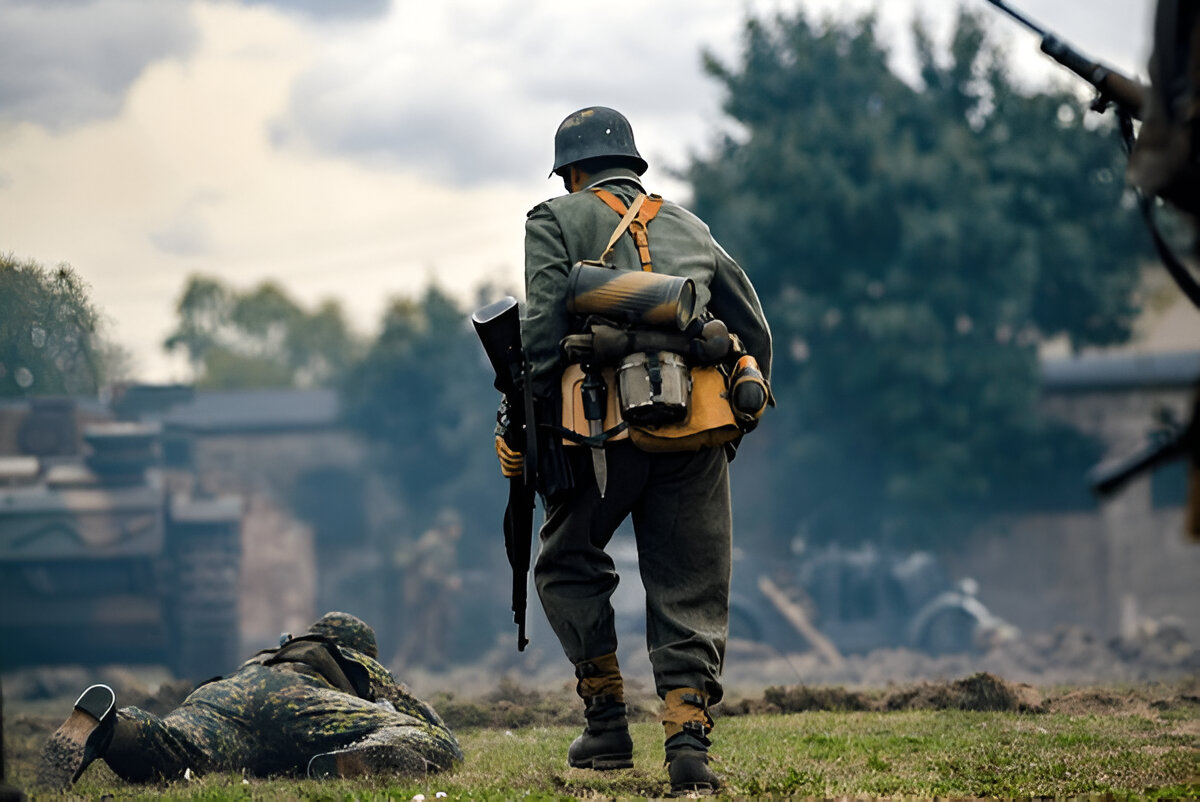As global tensions rise and the spotlight turns toward international military capabilities, understanding the strategic and tactical differences between the British Army and Russian forces becomes paramount. Both nations boast storied military histories and significant resources, but their approaches to warfare and defense diverge significantly. This article provides an in-depth look at how the British army war Russia, comparing their doctrines, equipment, training, and operational strategies.
Read Also: Who Left Strictly Last Night? Fans React!
1. Historical Context
British Army:
The British Army has a long history as a global military power. From colonial wars to modern conflicts in the Middle East, the British military’s focus has been on adaptability, professionalism, and coalition building. The army is well-versed in asymmetric warfare, peacekeeping missions, and expeditionary operations.
Russian Forces:
Russia’s military history is marked by large-scale wars, including the Napoleonic Wars, World Wars, and the Cold War. The Russian approach often emphasizes overwhelming force, extensive use of artillery, and a deep reliance on conscription to maintain numbers. Post-Soviet Russia has also embraced hybrid warfare, integrating cyberattacks and disinformation with conventional military strategies.
2. Training and Doctrine
British Army:
The British Army’s training emphasizes adaptability and leadership at all levels. Soldiers are trained to operate effectively in multinational environments, reflecting the UK’s commitment to NATO. Modern doctrines, such as the British Army’s “Integrated Operating Concept,” focus on multi-domain operations combining land, sea, air, cyber, and space capabilities.
Key Features of British Training:
- Rigorous leadership development
- Focus on small-unit tactics
- Expertise in peacekeeping and counter-insurgency
Russian Forces:
Russian military training is rooted in discipline and centralized command structures. The doctrine revolves around mass mobilization and the use of combined arms tactics. Exercises often simulate large-scale battles, reflecting Russia’s preference for high-intensity warfare.
Key Features of Russian Training:
- Emphasis on large-scale maneuvers
- Strong focus on artillery and armored units
- Integration of hybrid warfare techniques
3. Equipment and Technology
British Army:
The British Army’s arsenal includes advanced Western technology, much of it developed in collaboration with NATO allies. Key assets include the Challenger 2 main battle tank, Ajax armored fighting vehicles, and state-of-the-art communication systems. The British Army also invests heavily in precision-guided munitions and UAVs (unmanned aerial vehicles).
Key Equipment:
- Challenger 2 Tank: Known for its durability and firepower.
- Apache AH-64E Helicopter: A crucial asset for air support.
- Type 45 Destroyers (Royal Navy): Vital for integrated joint operations.
Russian Forces:
Russia’s military-industrial complex produces a wide array of equipment designed for ruggedness and mass production. The T-90 and T-14 Armata tanks, Su-57 stealth fighters, and S-400 missile systems are among its key assets. Russia’s strength lies in its artillery and missile capabilities, with systems like the Iskander and Kalibr missiles providing strategic advantages.
Key Equipment:
- T-90 Tank: The backbone of Russia’s armored divisions.
- S-400 Missile System: Renowned for its air defense capabilities.
- BM-30 Smerch: A powerful multiple rocket launcher system.
4. Strategy and Operations
British Army:
The British Army’s operational strategy is heavily aligned with NATO, emphasizing interoperability and coalition warfare. Recent years have seen a shift toward agile, smaller units capable of rapid deployment. Cyber defense and intelligence gathering are integral to modern operations.
Key Strategic Priorities:
- Supporting NATO’s eastern flank
- Rapid reaction forces
- Counter-terrorism and cyber operations
Russian Forces:
Russia’s strategy revolves around securing its borders and projecting power into neighboring regions. Hybrid warfare—blending conventional forces, irregular tactics, and information operations—has become a hallmark of Russian operations, as seen in Ukraine and Syria.
Key Strategic Priorities:
- Securing buffer zones around Russia’s borders
- Leveraging energy resources as geopolitical tools
- Employing disinformation campaigns
5. Strengths and Weaknesses
British Army:
Strengths:
- Highly professional and well-trained personnel
- Advanced technology and equipment
- Strong international alliances
Weaknesses:
- Smaller size compared to Russia’s forces
- Budgetary constraints affecting modernization
Russian Forces:
Strengths:
- Large and diverse arsenal
- Ability to mobilize significant numbers quickly
- Expertise in hybrid warfare
Weaknesses:
- Dependence on conscripts, leading to variable troop quality
- Limited interoperability with international allies
Conclusion
The British Army war Russia represents two distinct military paradigms. While the British Army prioritizes professionalism, technology, and coalition warfare, Russian forces emphasize mass mobilization, hybrid tactics, and overwhelming firepower. Understanding these differences is crucial for assessing potential conflicts and the global balance of power. As the geopolitical landscape continues to evolve, both nations will undoubtedly adapt their strategies to meet new challenges.
Read Also: Who Left Strictly Last Night? Fans React!
FAQs about British Army War Russia
Q1: How does the British Army compare to Russia in terms of size?
The Russian military significantly outnumbers the British Army in terms of personnel and equipment. However, the British Army’s focus on quality, professionalism, and advanced technology compensates for its smaller size.
Q2: What role does NATO play in the British Army’s strategy against Russia?
NATO is central to the British Army’s strategy, providing collective defense and interoperability with allied forces. The UK plays a leading role in NATO’s initiatives to deter Russian aggression, particularly in Eastern Europe.
Q3: How does hybrid warfare factor into these comparisons?
Hybrid warfare is a key element of Russian strategy, blending military actions with cyberattacks, disinformation, and economic pressure. The British Army, while less reliant on hybrid tactics, invests heavily in countering such strategies through cyber defense and intelligence operations.
Q4: What are the most advanced weapons in the British Army and Russian forces?
The British Army’s Challenger 2 tank and Apache AH-64E helicopters are among its most advanced assets. Russia’s cutting-edge weapons include the T-14 Armata tank and S-400 missile defense systems.
Q5: Which army is better prepared for modern warfare?
Both armies excel in different aspects. The British Army is better suited for coalition-based operations and high-tech warfare, while Russia’s military is prepared for large-scale, high-intensity conflicts and hybrid strategies.




